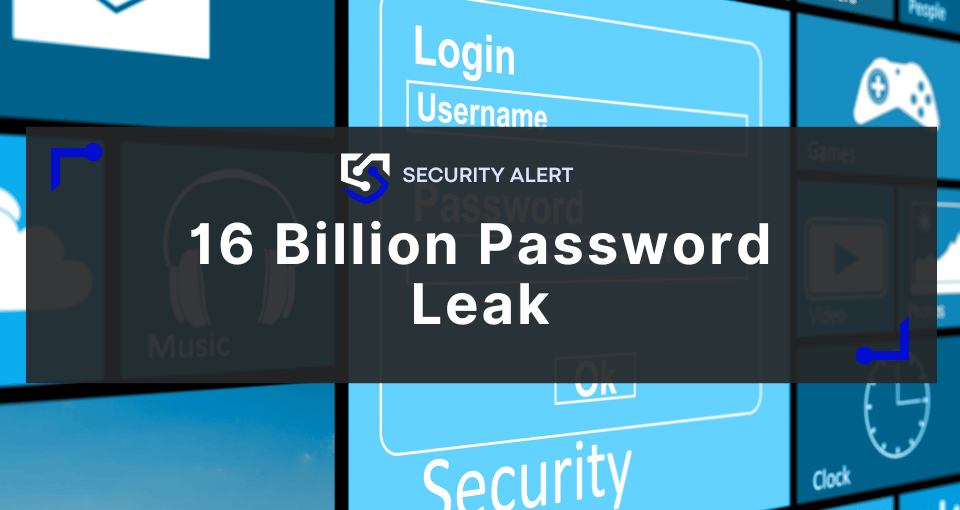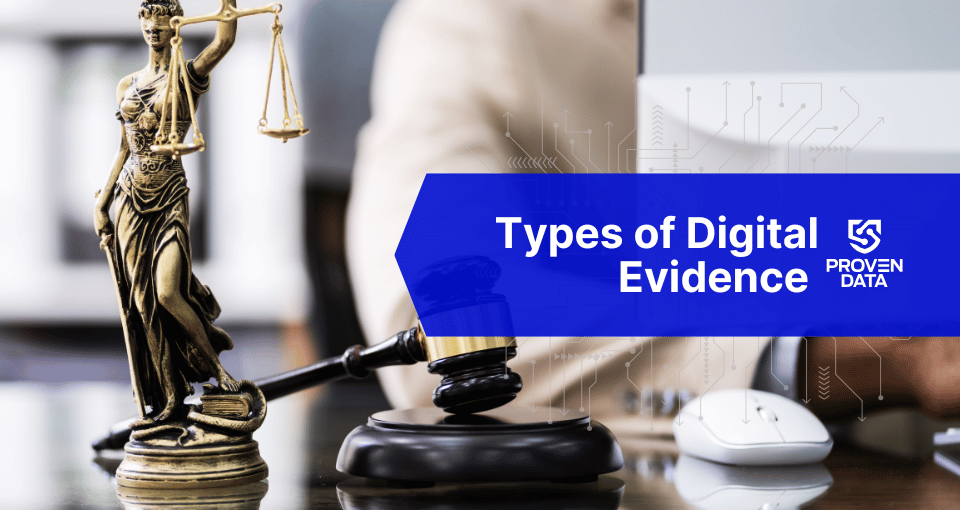As cyber threats are constantly evolving and becoming more sophisticated, having an effective incident response plan (IRP) is crucial for organizations of all sizes to ensure data security and business continuity.
In this guide, we outline the importance of having an effective IRP, the essential points that the plan must cover, and an example of how to create it.
What is an incident response plan?
An incident response plan (IRP) is a structured and documented set of procedures designed to guide an organization’s response to cybersecurity incidents. It outlines the steps to be taken before, during, and after a security breach to minimize the impact on the organization’s systems, data, and operations.
An IRP ensures that an organization is prepared to effectively respond to security incidents as they occur, rather than scrambling to react during a crisis. It helps to identify vulnerabilities, assess potential threats, and implement preventive measures to reduce the likelihood and severity of security incidents.
Plus, a well-defined IRP ensures that organizations meet legal and regulatory obligations related to incident reporting, data protection, and breach notification.
Purpose of an IRP in cybersecurity
The primary purpose of an incident response plan is to enable organizations to effectively manage and mitigate security incidents by providing a structured framework for response and recovery.
The IRP outlines procedures for containing and eradicating security threats to prevent them from spreading and causing further harm.
Also, the plan defines roles, responsibilities, and procedures for allocating resources effectively during a security incident. It ensures that the appropriate personnel, tools, and technologies are mobilized to address the incident promptly and efficiently.
Importance of IRP for cybersecurity
Effective incident response can help minimize downtime and disruption to business operations in the event of a security incident. It includes procedures for post-incident recovery and restoration of systems and data.
The plan also helps with the protection of sensitive data as it mitigates the risk of data breaches by providing protocols for securing and safeguarding sensitive information.
A well-executed response to a security incident can help preserve an organization’s reputation and customer trust. Transparency, communication, and swift action are key elements of effective incident response, which can help mitigate the negative impact on brand reputation.
At the same time, it allows businesses and industries to follow data privacy regulatory obligations. Adhering to these requirements not only ensures legal compliance but also demonstrates a commitment to cybersecurity best practices, preserving the organization’s reputation.
Elements of an incident response plan
For an IRP to be effective, it has to contemplate key details that outline the tasks and procedures during and after a security incident.
When building your incident response plan, make sure it has the following information:
Emergency contact information
Contact details for all the individuals and departments that will step in during an incident response, including their roles and responsibilities. It should also cover the order for notifying management, incident response team members, and external parties if necessary.
Discovery and reporting procedures
Clear guidelines for how incidents should be discovered, reported, and escalated within the organization. It’s important to also determine criteria for assessing the severity, impact, and urgency of incidents to prioritize response efforts effectively.
Containment and eradication measures
The goal of the plan is to establish strategies for containing the incident and preventing further damage. It should also design a technique to eradicate the threat from affected systems.
Recovery and restoration procedures
The plan must contemplate steps for restoring affected systems and data to normal operations to minimize downtime and prevent data loss.
Steps to develop an IRP
Creating an effective Incident Response Plan (IRP) is essential for organizations to manage security incidents efficiently.
To ensure its effectiveness, the responsible for the company’s data security must create a plan that meets the company’s needs and encompasses its personnel structure and data volume.
Also, it’s essential to regularly train everyone involved to ensure the plan works. This also can help predict failures within the plan and adjust it to current needs.
Here’s a detailed breakdown of each step involved in developing a comprehensive IRP:
1. Understand your organization's needs
Before building the plan, conduct a thorough evaluation of your organization’s cybersecurity risks, identifying potential threats and vulnerabilities.
Take into account factors such as the organization’s size, industry, regulatory requirements, and specific security challenges it faces.
To help you during this step, you can hire professionals to perform vulnerability assessments. Once you identify your organization’s system vulnerabilities, you can start working on preventing attacks and elaborate a plan that predicts incidents and how to deal with them.
2. Planning Committee
Establish a cross-functional planning committee comprising representatives from IT, security, legal, human resources, communications, and other relevant departments.
Ensure key stakeholders are involved in the planning process to provide input and support, fostering collaboration and buy-in.
3. Define objectives and scope
Clearly define the objectives and scope of the IRP, specifying the types of incidents it will cover and the resources available for response and recovery efforts.
For example, add topics on what to do in case of cyber-attacks, natural disasters, or accidents that lead to data loss.
Determine the level of detail required based on the complexity of the organization’s infrastructure and the severity of potential threats it faces.
4. Develop incident response procedures
Define specific procedures for detecting, assessing, containing, and mitigating security incidents, tailoring them to address various types of threats.
Document step-by-step instructions for responding to incidents such as data breaches, malware infections, denial-of-service attacks, and insider threats.
On the IRP the roles and responsibilities of members must be clear. Assign responsibility to each one on the incident response team, such as the Incident Manager, Technical Lead, Communications Lead, Legal Advisor, and HR Representative, and when they need to take action in case of an incident.
5. Establish communication protocols
The plan must define communication protocols for notifying key stakeholders, both internal and external, including management, legal counsel, law enforcement, regulators, customers, and the media.
Make sure it specifies communication channels, escalation paths, and reporting requirements for different types of incidents, ensuring timely and effective communication.
6. Test and exercise the IRP
Conduct regular tabletop exercises and simulations to test the effectiveness of the IRP, identifying areas for improvement. During these exercises, evaluate the response capabilities of the team, communication protocols, and coordination with external stakeholders, enhancing preparedness and response efficiency.
Take these opportunities to make changes and adapt the plan so it works properly to minimize the impact of an incident.
7. Document and review the IRP
Document the IRP in a comprehensive and accessible format and regularly review and update the IRP.
Make sure to add lessons learned from incidents and training sections, changes in the threat landscape, and updates to the organization’s infrastructure and resources, ensuring its continued relevance and effectiveness.
Don’t erase the changes. Every information and detail on the plan can help during incident response.
IRP template
This is an example of the structure of an incident response plan. Remember that each organization has its own structure and security needs.
If you need help building your plan or want to trust professionals to ensure data security, you can contact Proven Data experts for a cybersecurity service consultation.
1. Introduction
Begin with an overview of the purpose and scope of the IRP and a statement of commitment to incident response and the organization’s objectives.
2. Policy and Governance
Write the policy statement outlining the organization’s commitment to incident response. Describe the roles and responsibilities of key personnel involved in incident response.
3. Incident Identification and Detection
Detail the procedures for identifying and detecting security incidents.
Add a list of sources and methods for incident detection (e.g., system logs, intrusion detection systems).
4. Incident Reporting and Escalation
Outline the procedures for reporting incidents, including contact information and escalation paths. It should also describe communication protocols for notifying stakeholders and management.
5. Incident Response Procedures
Create step-by-step procedures for responding to different types of incidents (e.g., malware infections, data breaches, system failures).
These must determine the containment measures to deal with the incident, to avoid further damage, and to prevent it from spreading across the network.
6. Forensic Investigation
Determine the protocols for conducting digital forensic investigations to determine the cause and extent of incidents. Give orientations for the procedures for preserving and analyzing digital evidence.
7. Recovery and Restoration
Inform how to restore affected systems and data to normal operations, and the time it should take.
Ensure that every step, from backup to restoring, is complying with legal obligations and reporting requirements, such as data regulations.
8. Post-Incident Review and Lessons Learned
The IRP should also have a topic that describes the process for conducting post-incident reviews to evaluate the effectiveness of the response.
Document lessons learned and recommendations for improving the IRP.
9. Documentation and Recordkeeping
Explain the requirements for documenting all aspects of incident response activities, including recordkeeping procedures for maintaining incident logs, reports, and evidence.
10. Appendices
Your appendix should contain contact lists for incident response team members, management, and external parties and the history of the plan, with all the changes made.
You can also add consideration of legal and regulatory requirements related to incident response (e.g., data breach notification laws, and industry standards).






